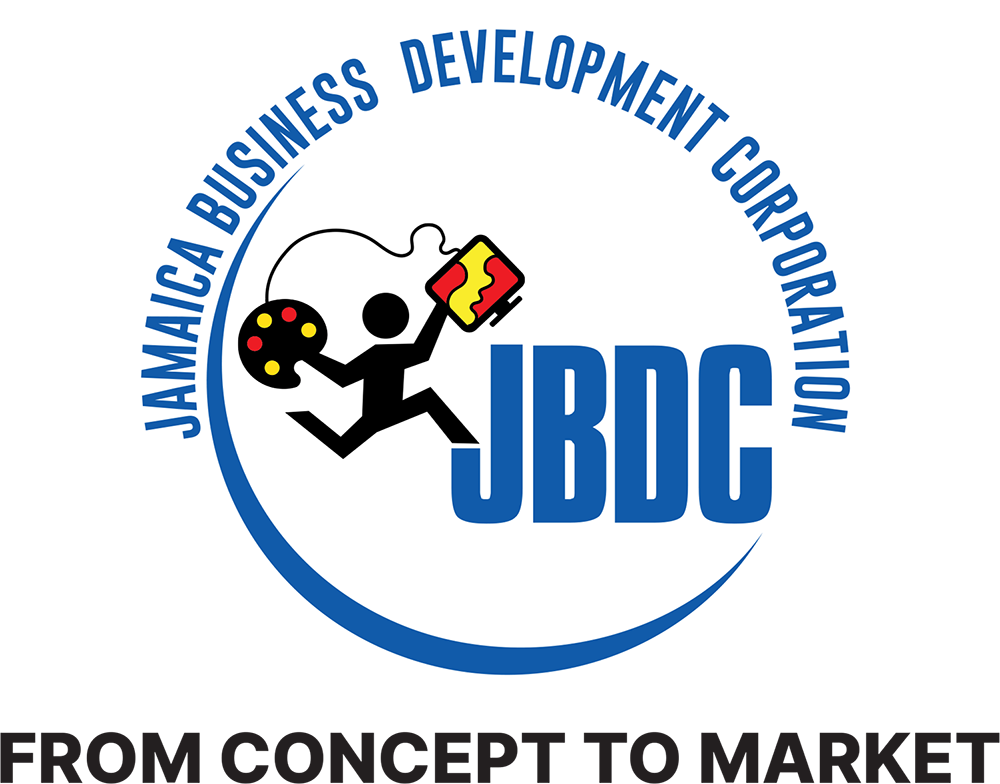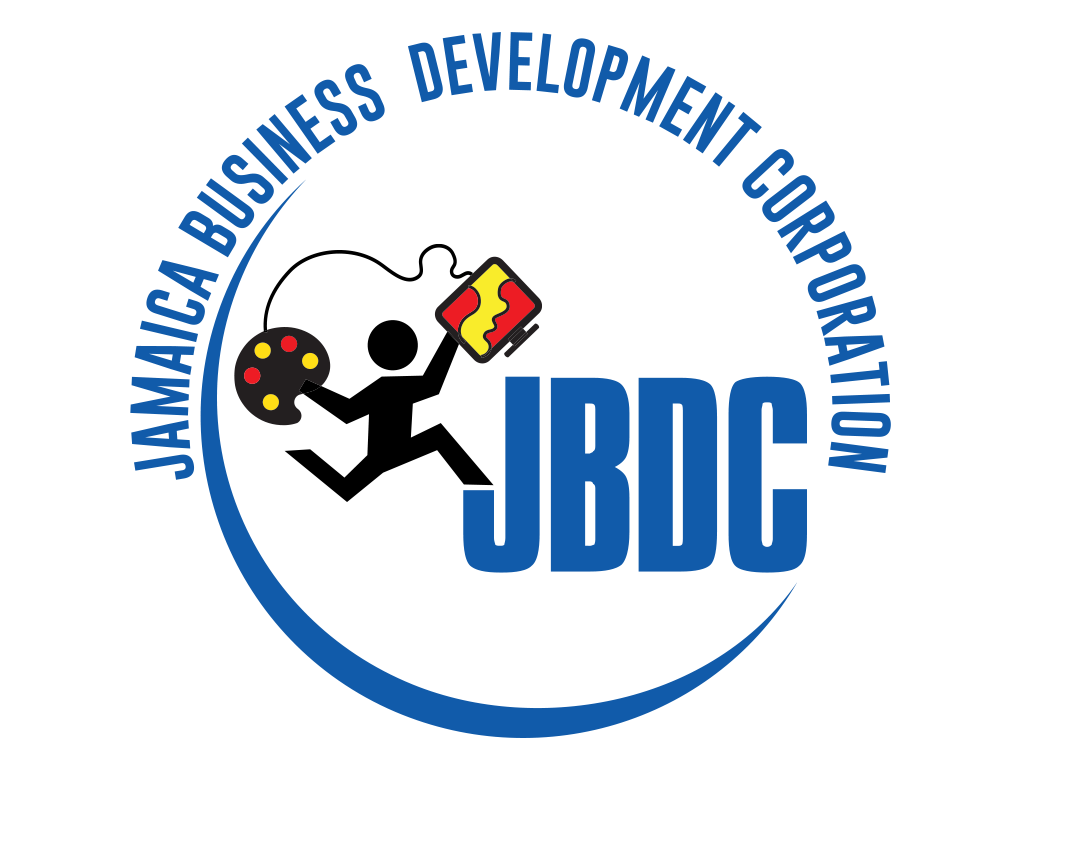Leighton Campbell, Chief of Executive Officer (CEO) of GetPaid Suite, a one-stop-shop for e-commerce systems and services, steps into the Entrepreneur Weekly to dissect the E-commerce Business Model for Micro, Small & Medium-sized Enterprises (MSMEs).
Regarding e-commerce technology and process adoption among MSMEs, a survey conducted by the Jamaica Business Development Corporation (JBDC) revealed that 17.36% of respondents reported adopting e-commerce within the last five years. This is a low level of engagement with e-commerce, suggesting that while there is some recognition of its importance, the majority of MSMEs have yet to fully embrace e-commerce solutions.
With more businesses transforming their operations to meet customer demands, 2019 JBDC B.O.S.S. Man of the Year, Leighton Campbell encourages MSMEs to explore e-commerce as a solution. The e-commerce business model is especially good for small businesses as it helps to limit barriers to international trade and visibility.

Here are nine (9) aspects of the E-commerce Business Model to consider before making your first move:
1. Value Proposition
What are your Value Drivers? Why would customers buy your products/services over others? Is a problem solved when purchasing a particular good/service? Is the price scalable based on the quality of product, service time and complexity of service required? Is value being provided at different scales to suit the budget of the shopper? How convenient is the good or service?
2. Revenue Model
How will you make money? This is where you explore how you’ll make money through your e-commerce business. Are you offering a subscription-based service? Will you have add-on services? In other words, explain what your primary, secondary, and additional revenue sources will be. You can link your revenue streams to your value propositions and customer segments.
3. Customer Segment
Who are your customers? It is important for businesses to understand that they can’t serve everyone. Focus on your target market – Identify who would be your key customers and group them by their pain points, demographics, buyer behaviour, or other relevant characteristics. It is important to identify who you are and are not serving.
4. Customer Touch Points
How does your customer interact with your brand? A customer touchpoint is any instance where a consumer interacts with your brand, whether that’s through a customer service representative, an Artificial Intelligence (AI) agent, an advertisement, or an app. If you are selling online, your leads would start searching online, then they would go to your website to find more information. Would there be a chat option? Do you want them to call or submit a contact form? After the first contact, who will follow-up with them?
5. Customer Relationship
How will customers experience your business/brand? Communication is the centre of customer relationship. How do you build customer relationships without being able to physically interact with them. A Customer Relationship Management System (CRM) comes into play here. Think about your sales process starting from the initial step. Do this until you sell your product/service and consider your after-purchase experience with the customers.
6. Distribution Strategy
How you will deliver? This method is used to bring products, goods and services to customers or end users. E.g. Drop Shipping, Sales Rep, Affiliate Programmes, Referrals, Partnerships, and so on.
7. Key Sales Activities
How will you drive sales?
- Ongoing – promote business and its offerings with brand campaigns.
- Seasonal – promote products in commercials seasons like special holidays, busy seasons, etc.
- Sales Campaign – deals and specials to increase consideration or clear stock.
8. Fulfillment
How will customers collect the goods? There are several types of fulfillment or delivery options. These include but are not limited to: in-store pick-up, courier service, virtual delivery or downloads (in terms of a service).
9. Cost Structure
What will it cost you? This refers to the types of expenses that a business incurs, which normally comprises of fixed and variable costs. Things to consider in cost management include: Operating Systems, Rent (for a physical structure), Payment Services, Inventory, Human Capital, Promotions and Marketing (use of apps like Canva and Capcut).
Learn more from Leighton at https://getpaidsuite.com/.
APPLICATIONS NOW OPEN: JBDC DIGITAL JAMAICA TRAINING

With applications now open for the Digital Jamaica Training, MSMEs are being encouraged to visit the website at https://www.jbdc.net/digitaljamaica/ to secure their spaces. Each training event will be two days long, and will have approximately 20 participants each, with a total of 700 participants trained by 2025.
MSMEs will be trained in one of three areas:
Digitisation:
- Assessing Business Needs
- Choosing Digital Solutions: Best Practices
- Training Employees on New Digital Tools
- Overcoming Challenges in Digital Transformation
Digitalisation:
- Leveraging CRM Systems for enhanced Customer Management
- Streamlining Financial Management with ERP Systems
- Optimising Business Operations with ERP systems
- Data Analytics and Reporting in Digital Systems
- Ensuring Data Security and Privacy
Digital Transformation:
- Overcoming Barriers to Adoption
- Integrating with other Business Tools
- Application of AI in Business Processes
- AI Integration with Existing Business Systems
- AI Powered Analytics and Business Intelligence
- Future Trends in Digital Solutions for MSMEs
REGISTER NOW!
Author









